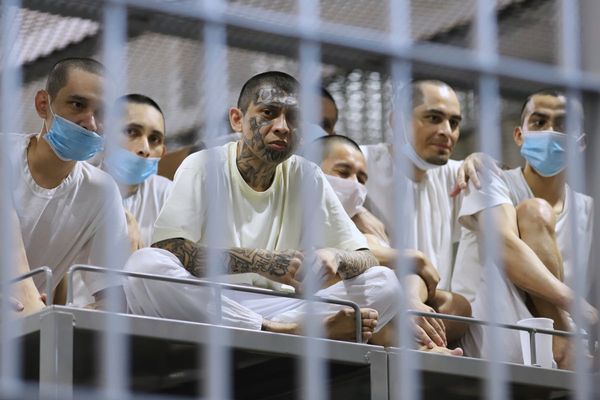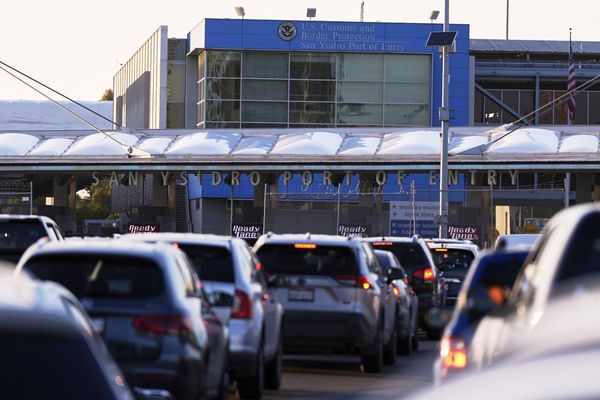
Since the beginning of the pandemic, communication from the government, epidemiologists and health statisticians appears to rely on the belief that if people are shown enough graphs, enough models, enough statistics, enough information, they will all act rationally and do the right thing. Even when that is deeply at odds with the way people live: closing oneself at home, potentially alone, ceasing all intimate contact with people outside, locking down.
This was surprisingly successful in 2020, as a response to a sudden disaster, but it isn’t a realistic long-term strategy. The cultural, social and political history of the HIV pandemic taught us that this epidemiological approach of trying to protect a population chiefly by focusing on ideal individual behavioural guidelines doesn’t work.
When I see “doomsday” epidemiologists, for whom the only solution to the pandemic appears to be to lock everybody in until we reach an idealised #zerocovid state, I worry we haven’t yet learned those lessons.
I don’t mean to disqualify or question the important work done by epidemiologists in understanding how disease spreads. But there are other forces informing how people decide to behave beyond mere access to apparently straightforward and ideology-free epidemiological data and graphics. Epidemiologists study populations, that is, people in social formations. Putting numbers on risk based on population-level data and models is not the sole driving force of our actions.
In the case of HIV and other epidemics, epidemiological models have either been shown to be wrong or at the very least insufficient. Early in that pandemic, epidemiological data arriving from the US wrongly made the virus a cause of concern only for already stigmatised populations – for instance claims that Aids was something that affected only gay men – thus contributing to further social discrimination. And there were unreasonable political decisions made to close down many spaces of gay male sexual sociability, such as the 1985 closure of the Mineshaft bar in New York in an attempt to curb the spread of the virus.
But ultimately none of these things were enough. It was not until the 1990s, when virology gave us new hopes to end Aids, that we were able to effectively contain the virus thanks not to the behavioural changes advocated by epidemiologists and other public health specialists in the first decade of the pandemic, but to antiretroviral treatments and prophylaxis that were shown to successfully halt HIV transmission.
This, however, doesn’t mean all we did was wait for treatments to arrive. Instead, treatments arrived owing to political pressure from affected communities who recognised that simply expecting people to change their behaviours and do the right thing at all times was not sustainable. We ceased to privilege the statements of truth posited by a single scientific discipline and instead started drawing from knowledge produced across the wider medical sciences, the social sciences, the humanitiesand from activists and patient groups.
The Gay Men’s Health Crisis group in the US, for example, was the first to start promoting condom use among gay men when the state didn’t want to do it and was focusing instead on a no-sex approach. And activist groups such as Act Up brought the voices of patient groups and communities to the centre of political decision-making and biomedical research. From this we gained not only a better understanding of the pandemic itself but also of what matters to people and the lives they consider worth living.
We must make an effort to understand what drives people to behave in certain ways, why certain behaviours perceived as risky are important to them, and meet them where they are by acknowledging and respecting their value systems. Social, affective and cultural factors are at play. Desire, pleasure, the pull of intimacy, the need for proximity and physical contact are important in determining what people ultimately do.
During Covid, we again see the difficulty of drawing conclusions and recommendations about individual behaviours from population-level data, and the ways this abstract approach can easily overlook the social complexity and differences in specific communities.
Risk and the ability to protect oneself are often unfairly and unevenly distributed –think of the epidemiologists telling people to gather in “their” gardens, to use separate bathrooms at home if one person falls ill, or to spend a few hundred pounds on air purifiers for their homes. Government regulations have seemingly assumed since the start of this pandemic that everyone lives in a detached single-family home with their loved ones, or that homes are, by definition, safe spaces where we can lock ourselves in without being alone or fear of violence.
And, we see the same ineffective messaging brought forward. In the early months of the pandemic, the Terrence Higgins Trust recommended gay men stop having casual sex, a behavioural recommendation unlikely to work in the long term. In contrast, the sexual health activist group Prepster put out a series of comics (similar to the ones by the Gay Men’s Health Crisis in the 1980s), giving advice to queer men on how to manage Covid risk during hookups – a more realistic approach than abstinence-only.
The lessons of the Aids crisis are that public health messaging that doesn’t take into account what different people value as being a life worth living, and that is directed at an abstract general public is insufficient – and that epidemiologists can make errors of both science and advice. We need to involve not just scientists but also social scientists, cultural scholars and communities to get a better understanding of what matters to people, while also acknowledging that we don’t always (and will never) behave in a purely rational manner.
Models tend to assume that populations are made of autonomous agents who will act only according to reason in response to a given set of information. The problem is that, for those of us who work on the medical, cultural and social histories of an older and still continuing global pandemic – HIV – such views fall short of capturing what happens every time we are faced with a choice. They are ultimately limited and counterproductive.
João Florêncio is senior lecturer in history of modern and contemporary art and visual culture at the University of Exeter







